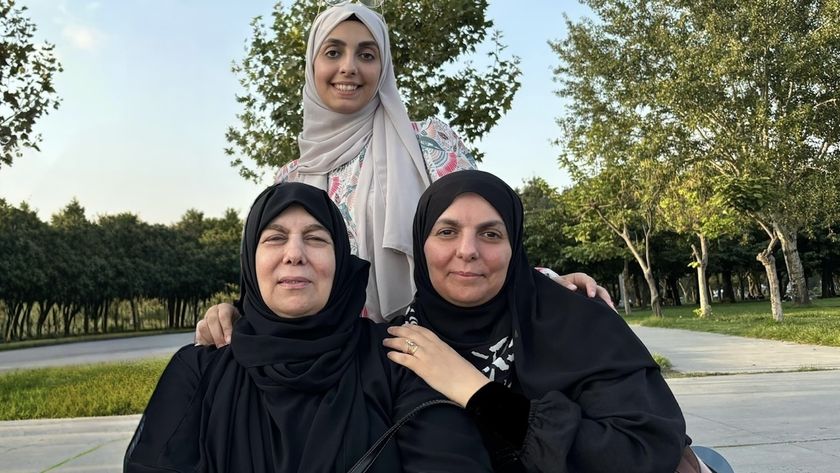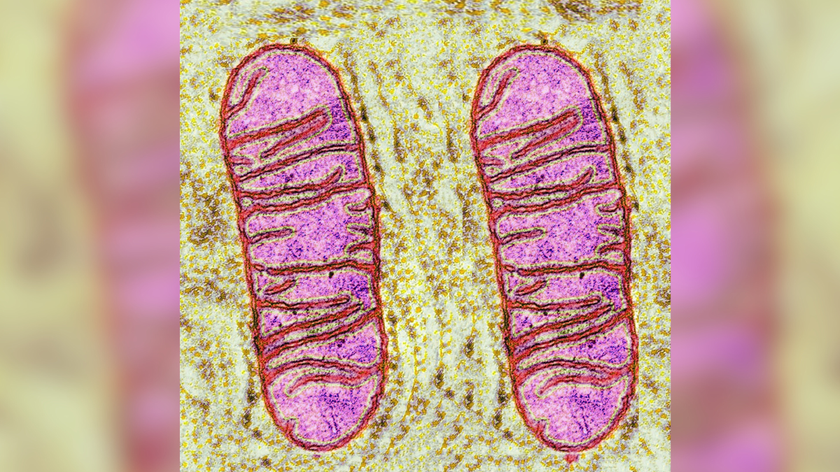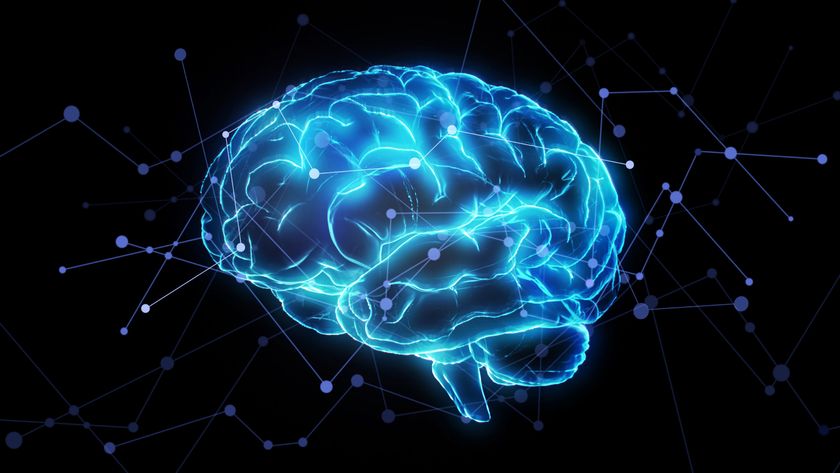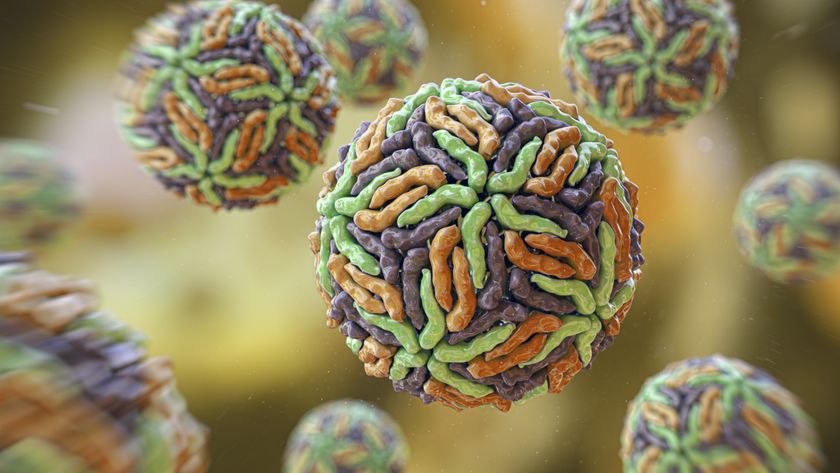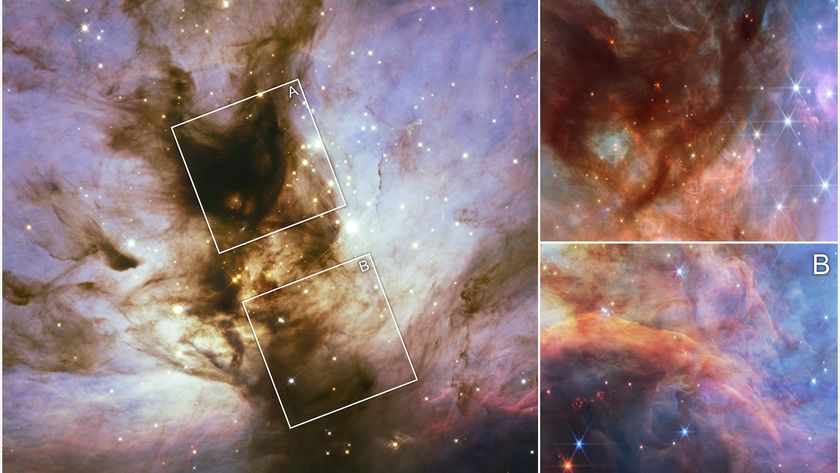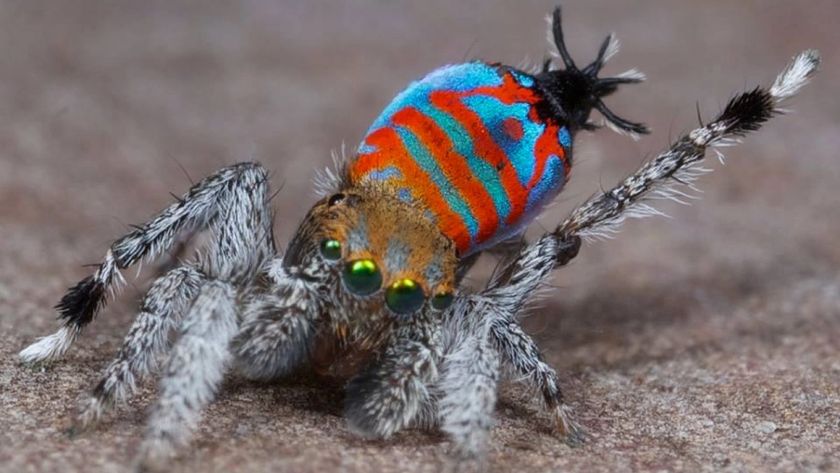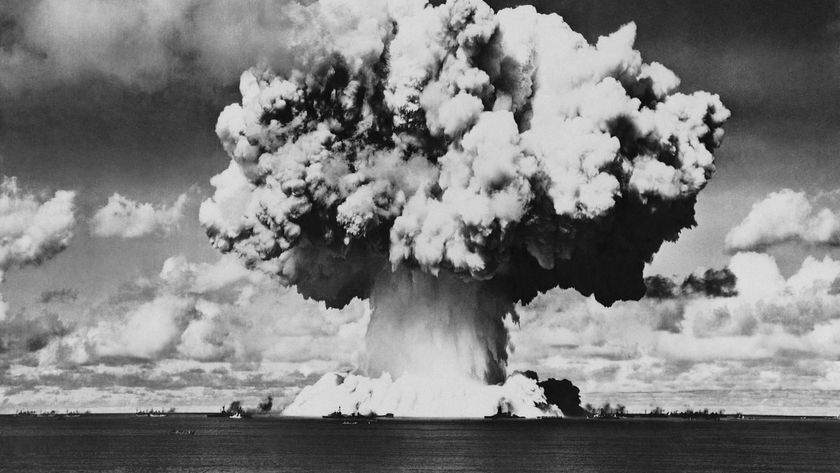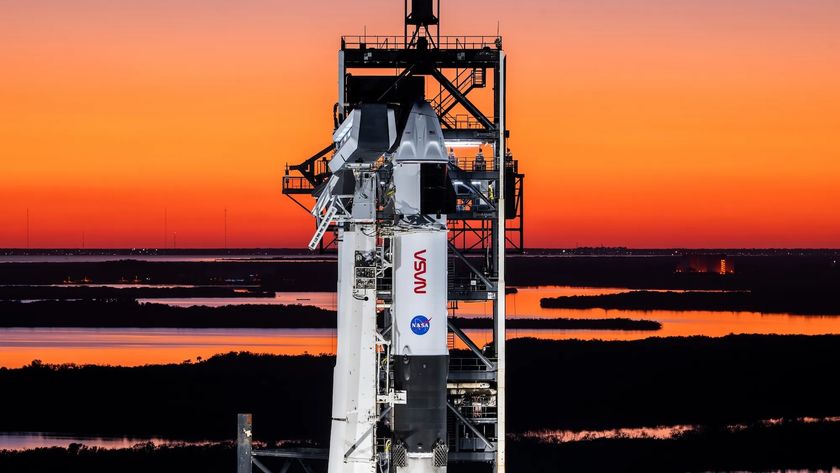Finger Bone Points to New Branch of Humanity
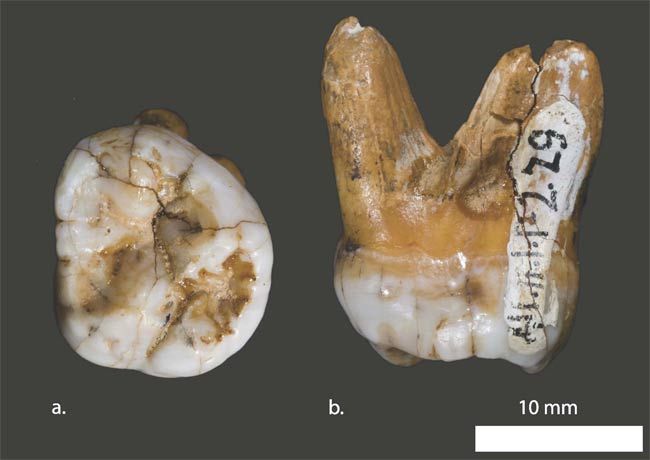
A finger bone from Siberia now reveals a previously unknown group of ancient humans once existed there, one neither like us nor Neanderthals.
Bizarrely, the DNA from these extinct Siberians seems unusually similar to that of Pacific Islanders from tropical Melanesia.
The 30,000-year-old fossil was found in Denisova Cave in southern Siberia in 2008, a bone fragment that likely came from a fingertip of a young girl. [Image of finger fragment] It was discovered along with microblades (small stone blades used as tools), body ornaments of polished stone, and a molar shaped very differently from that of Neanderthals and modern humans, resembling that of much older human species, such as Homo habilis and Homo erectus. (The tooth and the finger bone apparently came from different members of the same population.)
After an international team of researchers sequenced the DNA from 40 milligrams of bone they removed from the fossil, they found the "Denisovan" (deh-NEESE-so-van) shared a common origin with Neanderthals but was genetically distinct, apparently descending from the same ancestral population of Neanderthals that had separated earlier from the ancestors of modern humans.
"It amazed me that we found this other extinct group of humans," evolutionary geneticist Svante Pääbo at the Max Planck Institute for Evolutionary Anthropology at Leipzig, Germany, told LiveScience. "When we got this little finger bone from Siberia, I was totally expecting it to be either Neanderthal or modern human. When it was something else, that was totally surprising and shocking to me."
More interbreeding
Surprisingly, their analysis found that genetic material from this sister group of Neanderthals matched 4 to 6 percent of the genomes of some modern Melanesian populations. This suggests interbreeding took place between Denisovans and the ancestors of Melanesians, just as Neanderthals appear to have interbred with the ancestors of all modern-day non-Africans.
Sign up for the Live Science daily newsletter now
Get the world’s most fascinating discoveries delivered straight to your inbox.
"Instead of the clean story we used to have of modern humans migrating out of Africa and replacing Neanderthals, we now see these very intertwined story lines with more players and more interactions than we knew of before," said researcher Richard Green of the University of California, Santa Cruz.
The fact that this extinct branch of the human family tree was discovered in Siberia but contributed gene sequences to modern humans in Southeast Asia suggests it might have been widespread in Asia during the late Stone Age, said researcher David Reich, the evolutionary geneticist at Harvard Medical School who led the new population genetic analysis.
It remains uncertain whether this genetic material might have persisted in Melanesians because it provided an evolutionary edge of some sort. "We have a hard enough time learning what effects gene sequences might have when it comes to the genomes of modern humans, such as disease susceptibility — to do that with an archaic group is even harder," Reich told LiveScience.
When we met the Denisovans
These findings are adding to the complex picture of the evolutionary history of modern humans and our extinct relatives that has recently emerged, one where interbreeding has left its legacy in our DNA.
The researchers suggest an ancestral group left Africa between 300,000 and 400,000 years ago and quickly diverged, with one branch becoming the Neanderthals who spread into Europe and the other branch moving east and becoming Denisovans. When modern humans left Africa roughly 70,000 to 80,000 years ago, they first encountered the Neanderthals, with remnants of their DNA making up 1 to 4 percent of the genomes of all non-Africans. Another group of modern humans later came in contact with Denisovans.
"This study fills in some of the details, but we would like to know much more about the Denisovans and their interactions with human populations," Green said. "And you have to wonder if there were other populations that remain to be discovered. Is there a fourth player in this story?"
The researchers studiously avoid calling the Denisovans a new species or subspecies. In fact, it remains highly contentious as to whether the Neanderthals were another species altogether or were a subspecies of our species. A species is a group different enough from other groups as to be considered separate, and whose members can and do interbreed — although research has recently shown that Neanderthals (and now Denisovans) shared genes with us, so it remains an open question as to how different they were. Neanderthals and Denisovans are both called humans, however, just as all members of the genus Homo are — the controversy is over whether they should be lumped together with us anatomically modern humans or not.
Future research can investigate whether the Denisovan or Neanderthal remnants seen in modern humans provide any evolutionary advantages, Reich added.
"Maybe this is the future — reconstructing extinct relatives based not on what stone tools they made, but on their whole genomes from only little pieces of bone," Pääbo said.
The scientists detailed their findings in the Dec. 23 issue of the journal Nature.
- Top 10 Mysteries of the First Humans
- Humans and Neanderthals Mated, Making You Part Caveman
- 10 Things That Make Humans Special
You can follow LiveScience on Twitter @livescience.

